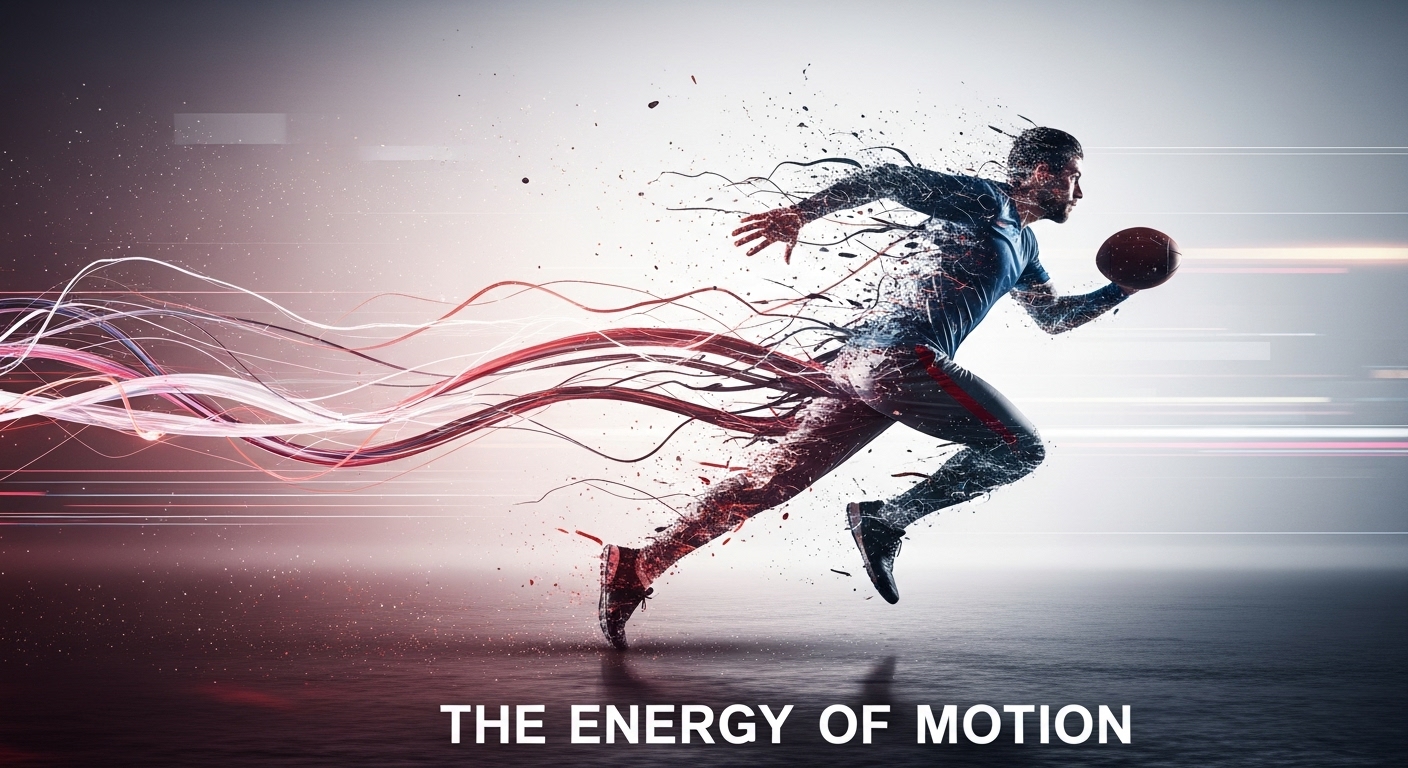Tennis is a sport that blends athleticism, mental toughness, and strategic depth, making it one of the most fascinating and beloved games in the world. Played across the globe, tennis is a sport that is as accessible in a park in New York as it is in a tennis club in Paris or a village in rural India. From its origins in ancient civilizations to its evolution into a professional sport, tennis has had a rich and storied history that has shaped both its game and culture. In this blog post, we’ll explore the history of tennis, the rules that govern it, the greatest tournaments and players, and how the sport has influenced and been influenced by society over the years.
The Origins of Tennis: From Ancient Games to Modern Sport
Tennis, as we know it today, has its origins in a variety of ancient ball games. While the precise origins of tennis are debated, most historians agree that it evolved from a medieval French game called jeu de paume, meaning “game of the palm.” Initially, the game was played with the palm of the hand before racquets were introduced in the 16th century. The game was quite popular among French nobility and later spread to England.
The term “tennis” itself is thought to have come from the French word “tenez,” which means “take heed” or “play,” an exclamation that players would shout before serving the ball.
In the late 19th century, tennis underwent a transformation that led to its modern form. In 1873, Major Walter Clopton Wingfield patented a version of the game called “Sphairistikè,” which was played on an hourglass-shaped court. This marked the beginning of tennis as we know it today. A few years later, in 1877, the All England Lawn Tennis and Croquet Club held the first Wimbledon tournament, which became the blueprint for modern tennis tournaments.
The Rules of Tennis: Simple Yet Intricate
At its core, tennis is a simple game—two players (singles) or two teams (doubles) compete to score points by hitting a ball back and forth over a net. However, the intricacies of the game, including its rules, court types, and scoring systems, can be complex. Understanding the fundamental rules is essential to appreciating the sport’s strategy and beauty.
The Tennis Court
Tennis is played on a rectangular court, which can be made of various surfaces, each of which impacts the game in different ways. The court dimensions are 78 feet long and 36 feet wide for doubles, and 27 feet wide for singles. The court is divided into two halves by a net that is 3 feet high at the center and slightly higher at the edges. There are several types of surfaces on which tennis can be played, including grass, clay, and hard courts. Each surface affects the speed of the ball and the style of play:
- Grass courts: These courts, famously used at Wimbledon, allow the ball to bounce lower and faster, favoring players with strong serve-and-volley skills.
- Clay courts: Clay courts, such as those at the French Open, cause the ball to bounce higher and slower, making rallies longer and favoring players with excellent baseline skills.
- Hard courts: Hard courts, found at events like the US Open and Australian Open, offer a balance between the speed of grass and the slower pace of clay, leading to a mix of playing styles.
The Scoring System
Tennis uses a unique scoring system that can be confusing for new players. A game is scored in the following way:
- Points: A player needs four points to win a game, but must win by at least two points. Points are counted as 15, 30, 40, and then game point.
- Games: A player must win at least six games to win a set, but they must lead by at least two games. If the score reaches 6-6, a tiebreaker is played.
- Sets: Matches are usually played in a best-of-three or best-of-five sets format. The first player to win the majority of sets wins the match.
The Players and the Equipment
Tennis players are required to use a racquet to hit the ball. Tennis racquets are made from various materials, including wood, graphite, and carbon fiber, with different designs based on the player’s needs. Professional players typically have customized racquets tailored to their playing style, whether they prefer power, control, or spin.
The ball is a felt-covered rubber sphere that bounces on the court, and its size and pressure are standardized. A typical tennis ball weighs about 2 ounces and has a circumference of about 8 inches.
Major Tennis Tournaments: Where Legends Are Made
Tennis has a number of prestigious tournaments that draw global attention. These tournaments, known as the Grand Slam events, are the pinnacle of professional tennis and are held in four locations worldwide:
Wimbledon: The Most Prestigious Tournament
Wimbledon, held annually in London since 1877, is the oldest tennis tournament in the world and is often considered the most prestigious. Known for its all-white dress code, its royal patrons, and its tradition of grass courts, Wimbledon has produced some of the most memorable moments in tennis history. Legends like Serena Williams, Roger Federer, and Pete Sampras have etched their names into the tournament’s rich history.
The US Open: A Celebration of American Tennis
The US Open, held annually in New York City, is the final Grand Slam of the year and features a hard court surface that allows for fast-paced action. The tournament has seen incredible displays of athleticism and drama, and it often attracts a star-studded audience. It was at the US Open that many groundbreaking moments in tennis occurred, such as Serena Williams’ historic achievements and Andre Agassi’s triumphs.
The French Open: Clay Court Dominance
The French Open, or Roland Garros, is the second Grand Slam of the year and is the only major tournament played on clay courts. The surface has made it particularly favorable to players with strong baseline games, and legends like Rafael Nadal have dominated the event. Nadal’s record at the French Open, where he has won the title multiple times, is one of the most remarkable feats in tennis history.
The Australian Open: A New Year’s Classic
The Australian Open, played on hard courts in Melbourne, is the first Grand Slam of the year and is known for its high-energy atmosphere. The tournament features some of the best tennis action, with fierce rivalries and incredible matches taking place. Players like Novak Djokovic and Roger Federer have made history here, and the event’s early January timing allows tennis fans to kick off the year with top-tier tennis action.
The Tennis Stars: Masters of the Game
The world of tennis has been graced by some incredible athletes who have set records, broken barriers, and captivated audiences worldwide. These tennis stars have become global icons, not just for their athleticism but also for their impact off the court.
Roger Federer: The Swiss Maestro
Roger Federer is widely considered one of the greatest tennis players of all time. His graceful, efficient playing style, combined with his longevity in the game, has made him a fan favorite worldwide. Federer has won 20 Grand Slam singles titles, an incredible feat that includes multiple Wimbledon and Australian Open victories. Known for his sportsmanship, Federer’s elegance on the court has earned him the title of the “Maestro.”
Serena Williams: A Champion for the Ages
Serena Williams is one of the greatest female athletes to have ever played tennis. With 23 Grand Slam singles titles to her name, Williams has redefined the sport for women. Her powerful serves, aggressive baseline play, and unmatched athleticism have made her a force to be reckoned with. Off the court, Serena has been an advocate for gender equality, body positivity, and social justice, using her platform to make a difference.
Rafael Nadal: The King of Clay
Rafael Nadal is synonymous with dominance on clay courts, particularly at the French Open, where he has won an astonishing 14 titles. His relentless work ethic, fighting spirit, and physical resilience have made him a fan favorite and a formidable opponent. Nadal’s incredible athleticism and mental fortitude have helped him carve out an extraordinary career, securing his place among tennis legends.
Novak Djokovic: The Serbian Sensation
Novak Djokovic has emerged as one of the most dominant players in modern tennis. With a career Grand Slam and multiple records in his name, Djokovic has challenged and often surpassed the achievements of his contemporaries. Known for his flexibility, mental toughness, and supreme fitness, Djokovic’s rivalry with Federer and Nadal has defined an era of tennis.
The Cultural Impact of Tennis
Tennis, with its global reach and prestigious history, has had a profound cultural impact. From fashion to philanthropy, tennis has influenced not only the sporting world but society at large.
Tennis and Fashion
Tennis has always been associated with elegance and style, and this is evident in the fashion trends seen at major tournaments. Players like Serena Williams, Venus Williams, and Maria Sharapova have made fashion statements with their on-court attire. Meanwhile, Wimbledon has maintained its tradition of a strict all-white dress code, making the event as much a fashion spectacle as a sporting contest.
Tennis and Social Change
Tennis players have used their platforms to address social issues. Iconic figures like Billie Jean King and Arthur Ashe have used their success to advocate for civil rights and gender equality. Billie Jean King famously fought for equal pay for women in tennis, a battle she won when the US Open became the first Grand Slam tournament to offer equal prize money in 1973.
Tennis and Health
Tennis is also seen as a sport that promotes physical fitness and well-being. Its emphasis on cardiovascular endurance, flexibility, and coordination has made it a popular recreational activity. Many people play tennis for health benefits, as it offers a combination of aerobic exercise and strength training.
The Future of Tennis: New Horizons
As tennis continues to evolve, the future of the sport looks promising. The rise of young stars like Naomi Osaka, Carlos Alcaraz, and Coco Gauff signals a new generation of players ready to carry the sport forward. With advances in technology, the sport is also incorporating more data-driven approaches, from player analytics to more advanced racquet and ball technology.
In conclusion, tennis is more than just a sport—it’s a global phenomenon that brings together athleticism, artistry, and tradition. Whether you’re watching the legends of the game battle it out in a Grand Slam final or enjoying a friendly match with friends, tennis will continue to inspire and captivate for generations to come.



